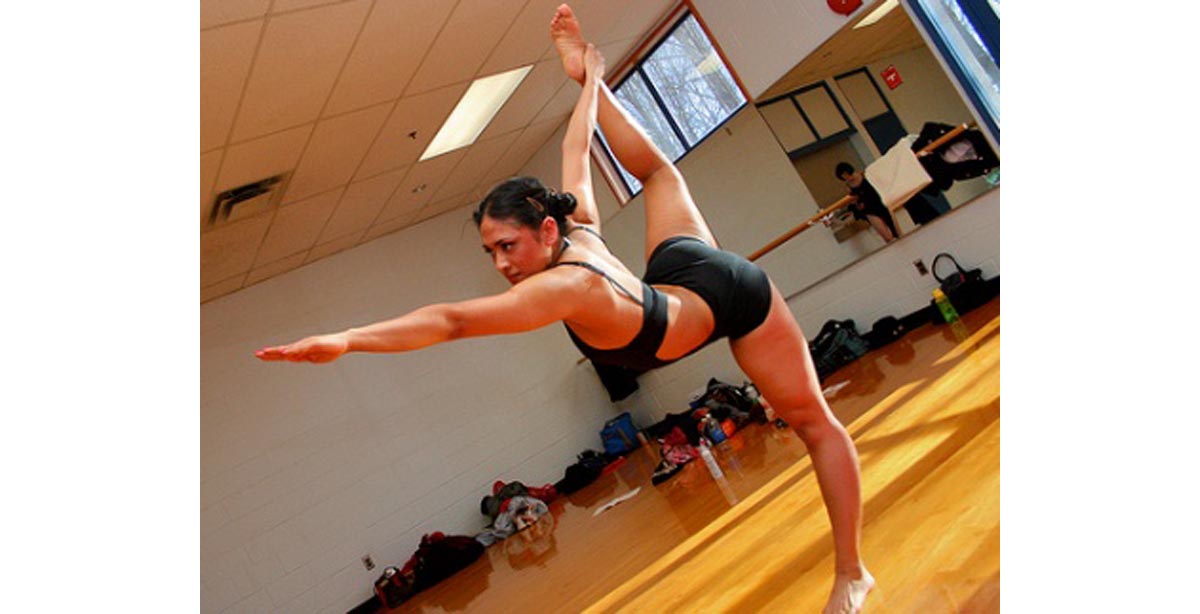By knowing the most common injuries, their causes, and their treatments, you can avoid them or at least lessen the downtime in your fitness plan. According to Dr. Rogers,a leading fitness expert, over 79% of school sports injuries result from overuse.
Fitness-related injuries happen all the time and they could easily happen to you too. The best way to deal with common fitness injuries is to try and prevent them all together. By knowing the most common injuries sustained during training sessions, their causes, as well as their treatments, you can avoid them all together or at the very least lessen the downtime in your fitness plan.
According to Dr. Rogers, a leading fitness expert, over 79 percent of school sports injuries result from overuse. With knowledge about fitness-related injuries, you'll be able to know exactly what to do when you get one, and what you can do to try and prevent these nasty injuries that prevent you from hitting the gym for prolonged periods of time.
Let's take a look at some of the most common fitness-related injuries and what you need to know about them.
The Most Common Fitness Injuries
To understand how to avoid exercise and fitness injuries, we need to understand the purpose of exercise to start with. Exercise is done to provide moderate and gradual increase of stress on our skeletal and muscular systems. This allows the muscles and cardiovascular system to strengthen and prepare to meet that same stress level again, only to exceed it and build even more strength and stamina. So, knowing how much stress is too much and what leads to overuse and injury will keep you on the road to a good fitness plan.
Exercise injuries can lead to chronic problems. Even though you need physical exercise to keep it, stay healthy, and look good, people get injured through exercise when they exercise the wrong way or do not wear the right footwear. Often times, the person who is exercising does not use the gym equipment appropriately or is untrained in fitness.The majority of fitness injuries are related to unfitness, poor techniques or maneuvers, over-training, or doing too much too soon.
By knowing what the most common injuries are, what their causes can be, and how to treat common exercise injuries, you can avoid them or at least lessen the downtime in your fitness plan. According to Dr. Jim Rogers, a leading fitness expert, over 79% of school sports injuries result from overuse, which can also be described as doing too much, too soon. Using common sense and being adequately prepared greatly reduces the risk of exercise injury.
Muscle Misery
Soreness of the muscle can occur the next day or up to 2 days after a workout. Muscle soreness is the most common type of fitness injury; so common, in fact, that most of you will not even consider it an injury, but just a normal part of your fitness routine. It usually occurs when you have exercised muscles that are unconditioned. Muscle soreness results in sore, stiff muscles that can persist for a week or more.Sprains: How Serious Are They?
The second most common type of injury is sprains. A sprain is a damaged or injured ligament. Ligaments are the structures that attach bones together. When you sprain one of these structures, you feel pain with weight bearing or use. These injuries are caused by accidents that occur during a workout where the ligaments are damaged. Overuse or landing wrong can cause this painful injury. Any minor sprain can be treated with rest and ice. These are micro-tears of the ligaments or where the ligament is overstretched. Serious sprains will require surgery but this is rare. In the middle of the spectrum lie sprains that will put you out of action for a few days to a week.Tendonitis Troubles
The third injury that often happens over the course of fitness training is tendonitis. It is caused by an injury to the tendon or the muscles. Tendons are the structures that attach muscle to bones. As with sprains, tendonitis injuries range from mild to serious. For prevention, people often exercise to strengthen the supporting groups of muscles that take the strain of the tendon. Treatment involves rest, ice therapy, and anti-inflammatory drugs. All of these steps reduce the swelling which causes the pain associated with tendonitis.Body Parts that are Commonly Injured during Exercise
Heel Hazards
Some of the symptoms of heel problems include a stabbing pain at the bottom of or behind the heed during activity or after the workout. Often times, people have heel pain the morning after exercising, upon rising. The cause of heel injury is vigorous exercise, repeated impact on the feet, and wrong footwear. Some of these injuries involve the strain of the Achilles tendon, on the back of the heel. Rarely, the Achilles tendon can rupture during exercise. The prevention for a strain of the heel involves stretching before exercise. Treatment will depend on the injury severity, but often with rest and ice therapy, you will be back exercising in no time.

Shin Suffering
Shin problems include broad pain that occurs in the front of the lower leg along the tibia or pain on the back inside of the lower leg. These are caused by weak shins, tight calves, or wearing the wrong footwear. To prevent shin injury, be sure to wear appropriate footwear for the activity you engage in and do heel walking stretches and toe lifts.
Knee Knowledge
Painful kneecaps lead to stiffness of the knees. This is caused by abrupt change in your workout program or physical activity, weak thigh muscles, or worn-out knee cartilage. To prevent knee injury, you should mix weight-bearing exercise (jogging, aerobics) with non-weight bearing exercises (swimming, cycling). Also, avoid deep lunges, downhill running, or leg extensions with heavy weights. Wearing the right footwear for your activity will help to. Never run on a very hard or a very soft surface. Treatment will include stretching the quadriceps and hamstrings and using ice to relieve pain. Rest is always a good idea.
Low Back LowDown
The lower back region often gets muscle spasms from exercising. These last from a few days to a few weeks. Possible causes include improper warm-ups, poor exercise execution, and bad lifting techniques. To prevent injury to the low back region, experts recommend back-strengthening exercises. Also, treatment involves pain medication, rest, and ice. Putting a pillow under the knees often helps, too.
Read more: Common Zumba Injuries and How to Avoid Them
Shoulder Solutions
The symptoms of an injured shoulder is a stabbing pain to the joint region. This is caused by overhead activities that injure or weaken the rotator cuff muscles. To prevent shoulder problems, use correct posture and form, do adequate stretches prior to exercise, and learn rotator cuff strengthening techniques. The treatment for this type of injury involves rest, ice application, and specific strengthening exercises.
Elbow Experience
The symptoms of elbow injury include pain, swelling, numbness, tingling, weakness, or changes in skin temperature or color. This is caused from weak forearm or wrist muscles, overuse of the forearm muscles, bad lifting techniques, or wrong exercise sports execution. Elbow injuries can be prevented by doing exercises to help strengthen wrists and forearms. To treat these injuries, you can use a brace or soft cast, anti-inflammatory medications, and rest.
Leg Cramp Clarifications
When your muscle gets rock-hard and has contractions during exercise or while sleeping, you are having a leg cramp. These are due to dehydration, muscle fatigue, and tight muscles. To prevent these type of injuries, you should drink plenty of water and increase your potassium and calcium intake. Daily stretching also helps prevent cramps. The treatment involves massaging the tight muscle and applying warm, moist heat.
- Elzingre, L. (2011). Most common exercise injuries. Retrieved from: http://www.suite101.com/content/most-common-exercise-injuries-a130714
- The Fitness Motivators (2011). Common injuries in fitness. Retrieved from: http://www.the-fitness-motivator.com/common-injuries.html
- Photo courtesy of ronsombilongallery on Flickr: www.flickr.com/photos/ronsombilongallery/3207585831


Your thoughts on this